Forbidden City (San Francisco)
| Forbidden City | |
|---|---|
| Type of Venue: | The former space of the Forbidden City nightclub is the upstairs area (painted dark grey). |
| Address: | 363 Sutter St San Francisco |
Forbidden City was a Chinese nightclub and cabaret in San Francisco, which was in business from 1938 to 1970,[1] and operated on the second floor of 363 Sutter Street,[2] between Chinatown and Union Square.[Source 1]
Although Forbidden City was not the first Chinese American nightclub, it was the most famous nightlife venue to feature Asian American singers, dancers, chorus lines, magicians, strippers, and musicians, and was entirely managed and staffed by Asian Americans. It was popular with military personnel who were transiting through San Francisco during World War II, as well as Hollywood celebrities, and became the most well-known "Chop Suey Circuit" during the 40s and 50s. The term "Chop Suey Circuit" is used to refer to the established network of Chinese American nightclubs which opened in 1930s San Francisco Chinatown.
Forbidden City also became a platform for Asian American performers who were denied opportunities through racial discrimination. Asian American performers were able to prove their talent regardless of their racial identity, and some even launched their career after the closure of Forbidden City.
The club inspired Tom Ball, a Caucasian stage producer who opened "China Doll", the first Asian American nightclub in New York City in 1946, and billed as "New York's only all-oriental night club." [Source 2] Forbidden City also inspired the novel The Flower Drum Song (1957), which became a Flower Drum Song (musical) (1958) and Flower Drum Song (film) (1961) of the same title. In 1989, the club was profiled in the documentary, Forbidden City U.S.A., by Arthur Dong.
Ronald Reagan, Jane Wyman, and Charlie Low[Source 3]
Another "Forbidden City" opening night headliner was Jadin Wong, who was one of the few to have formal dance training. Born to dance, Wong wasn’t about to let anyone stop her and she paid for her own lessons as a child. After running away from home to find fame and fortune in Hollywood, she was hungry and out of money. So she thought she’d tap dance on Hollywood Boulevard to make enough to eat. While she was hot-footing away, director Norman Foster happened to amble by. He invited her to lunch and then brought her home to meet his wife – the movie star Claudette Colbert. As a result of this fairytale meeting, Wong ended up in Mr. Moto Takes a Vacation, starring Peter Lorre in yellowface. A year later, she followed a dance teacher to San Francisco and ended up at Forbidden City.
References
- ↑ 'Forbidden City' documents jumpin' Chinatown cabaret scene, https://www.sfexaminer.com/entertainment/forbidden-city-documents-jumpin-chinatown-cabaret-scene/ (Language: en-US
- ↑ The former space has since been renumbered to 369 Sutter and is now a franchise of Barbizon Modeling and Acting School.
Sources
- ↑ Ronald Reagan at Charlie Low's Forbidden City, http://www.sfmuseum.org/hist10/forbidcity.html (Publisher: The Virtual Museum of the City of San Francisco)
- ↑ Chop Suey Circuit & China Doll Nightclub – Museum of Chinese in America, https://www.mocanyc.org/collections/stories/chop-suey-circuit-china-doll-nightclub/ (Language: en-US
- ↑ Ronald Reagan at Charlie Low's Forbidden City, http://www.sfmuseum.org/hist10/forbidcity.html
External links
Chat rooms • What links here • Copyright info • Contact information • Category:Root

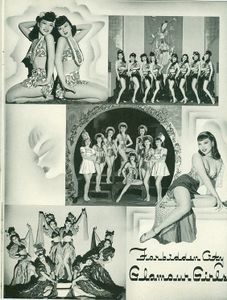
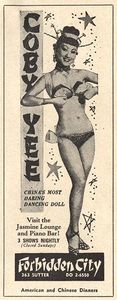
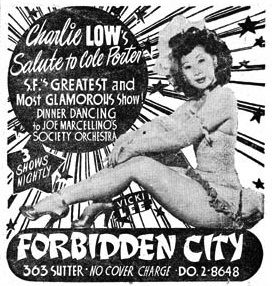
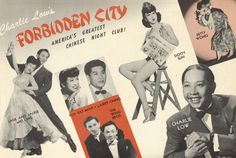
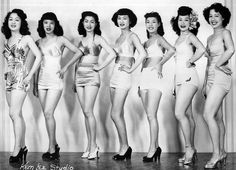
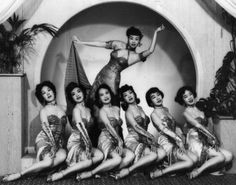
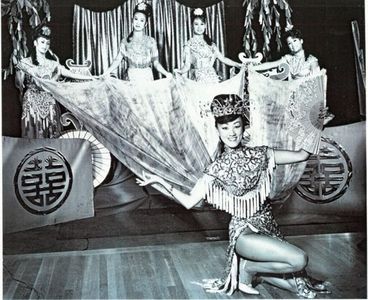
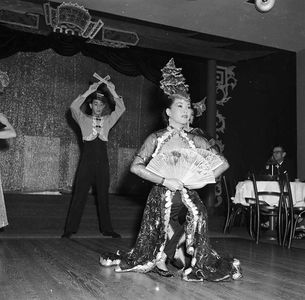
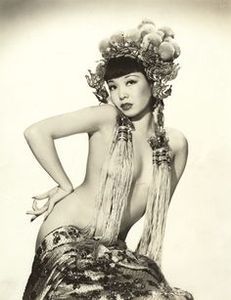
![Ronald Reagan, Jane Wyman, and Charlie Low[Source 3]](/a/images/thumb/5/5d/Forbidden_City-RR.jpg/419px-Forbidden_City-RR.jpg)